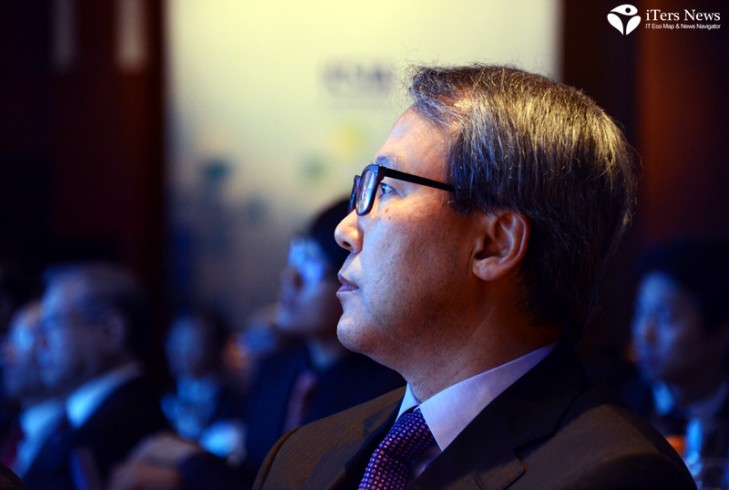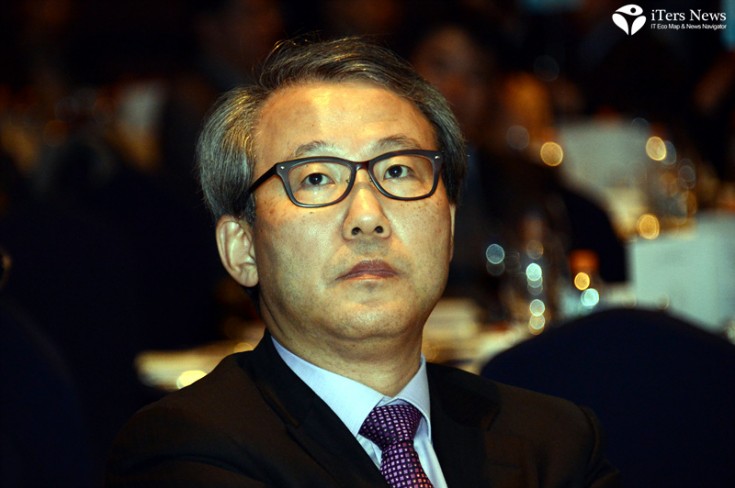(iTers News) - Memory chip business is typical of a capital intensive industry where economies of scale most matters in the competition and profit-creation. The industry is notorious for a high-stakes roller coast ride, too, where prices wildly fluctuate depending on the boom to bust times.
During the boom days, the industry feeds enormously lucrative profit margin and explosive sales growth, but when it comes the bust time, chip makers are drowning themselves in a seas of red ink.
The high-stakes and high growth days are numbered. As the gravity in the global IT market is rapidly shifting away from PCs into mobile devices, the memory chip industry at the peak of a most challenging strategic inflection period where nobody can see an inch ahead.
"As the typical roller-coast cycle of the memory chip market is over, so is the high growth days. What is more at stake today in the competition is how to create add-on-value, which can drive high profitability and steady growth," stressed Dong Soo Jun, president with Samsung Electronics's memory chip business.
To credit his opinion, president Jun touched on ‘irreversible changes’ sweeping through the memory chip market.
According to him, in the past, there were 6 to 7 top-tier PC and mobile phone makers selling PCs, while similar numbers of memory chips makers were supplying them, too.
During the upward cycle of the past, they had a strong leverage to drive up demand, helping memory chip makers to keep their production lines humming along with a rush of order.
When the the down cycle hit, however, they curbed their investments and kept inventories, forcing chipmakers to squeeze out their costs. So the cyclical ups and downs were very much unpredictable, and a key to win in the competition is to invest ahead of others to reach economies of scale earlier than them.
“The rule of the game has dramatically changed. The mobile device-driven IT market is typical of ‘a winner-takes-all’ game where just 2 to 3 PC and mobile device makers can make money. Awash in huge profit and with few competitors, they don’t need to drive up volume. On the supply side, competition comes loose, as there are just 2 to 3 memory chips makers, but, unfortunately, they have to supply fewer numbers of customers on the demand side, ”said Jun.
“In this low growth-era, who dares to invest as aggressive as in the past?’ he questioned.
Yet, he stressed that low-growth era doesn’t necessarily translate into the low margin. “To keep the industry’s growth dynamics up and running, memory chip makers more focus on add-on value creation than capacity expansion, “added he.
Samsung’ recently released SSD840 series is a prime example of how Samsung will survive this low-growth and unpredictable era to keep its profitability as high as in the past.
Built with 64Gb 21nm triple-level cell, or TLC NAND flash chips, SSD840 series come in two versions; high-performance Samsung SSD 840 PRO series for professional users and early-adopters and general purpose version for mainstream users.
The SSD840 PRO series outperform existing SSDs by three times in the input/output per second, or IOPS random read and write speed, but consumes less power.
The outstanding performance is what he calls as ‘add-on-performance’ that allows Samsung to charge premium prices, helping generate more lucrative profitability.
At the core of the unrivalled performance is its proprietary MDX controller that hype-drive relatively slower read and write speed of TLC NAND flash memory chips. (see related news)
Its highly energy-efficient and ultra-low power 'Green Memory' product line-up is a second example of how Samsung is trying to differentiate its memory chip product line-up from other commodity chips with its technology breakthroughs.
Go extra miles
The conventional way of making power-thriftier DRAM chips is to shrink the width of the chip circuitry, which is measured in nanometers, or microns, because the narrow the circuitry is, the less the chip consumes power.
Samsung went more extra mile. The world’s largest chipmaker embedded micro-controller circuitry in the peripherals of the main memory cell arrays that form the center of a DRAM chip consisting of rows and columns of memory cells. That comes at the expense of productivity, because the chip die size gets bigger.
Yet, as the embedded micro-controller can drastically reduce the frequency of DRAM cell, or capacitor refreshing, its Green DRAM can save power dramatically, compared with normal commodity-memory (see related stories).
When asked about his outlook for 2012 memory chip market, he said that he couldn’t see any silver lining on the horizon, but market growth will rest with how tablet PCs will cannibalize PC market growth.
“The price of memory chip will likely be self-corrected depending on demand and supply cycle and there will be fierce competition between Android and iOS-based tablet PC makers and Windows 8-based Ultrabook PC makers to lead the post-PC era. Especially, Widows 8 Ultrabook or surface PCs will fight back to seize back control of post-PC market, “ added he.



